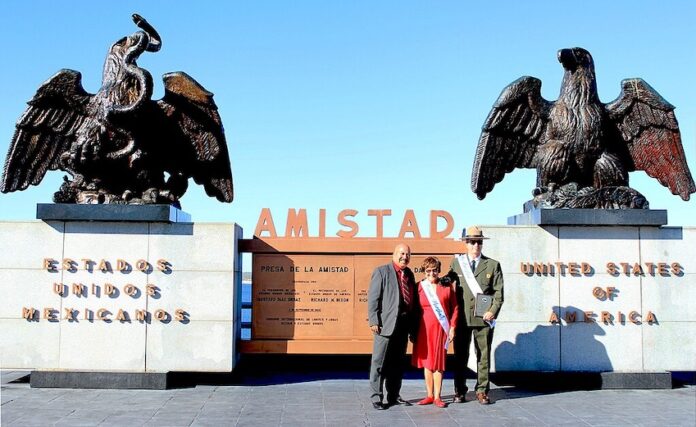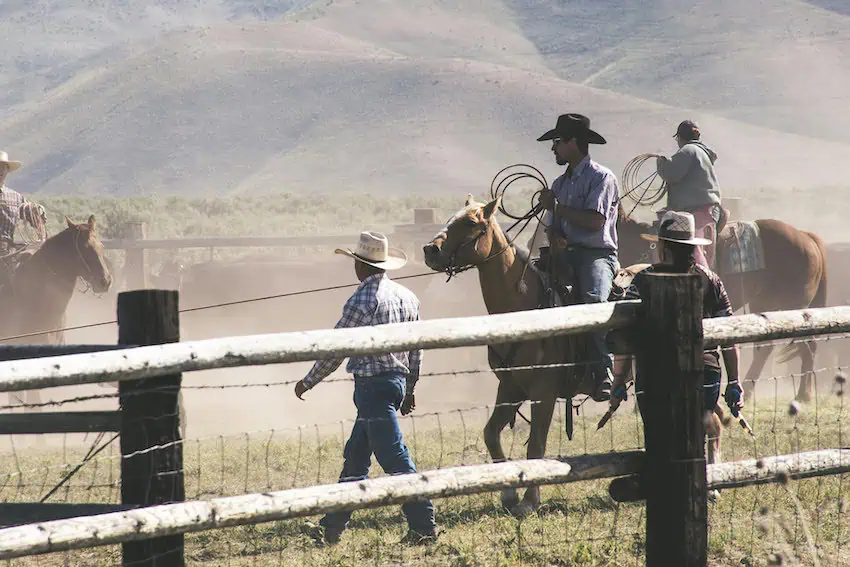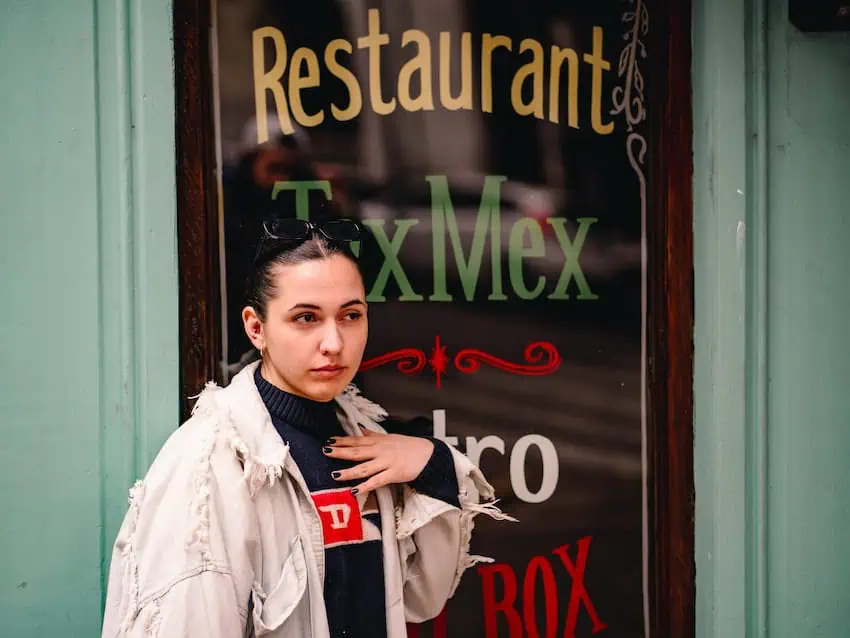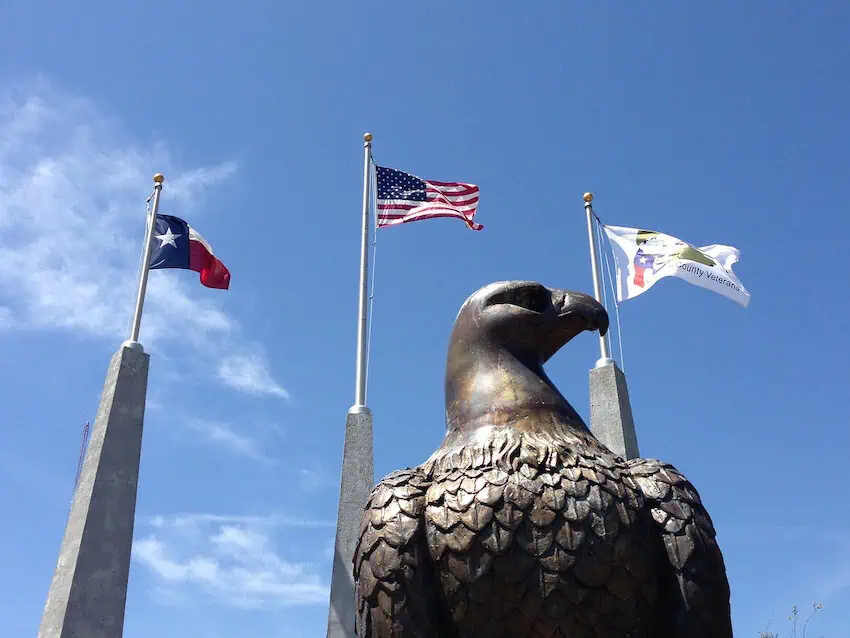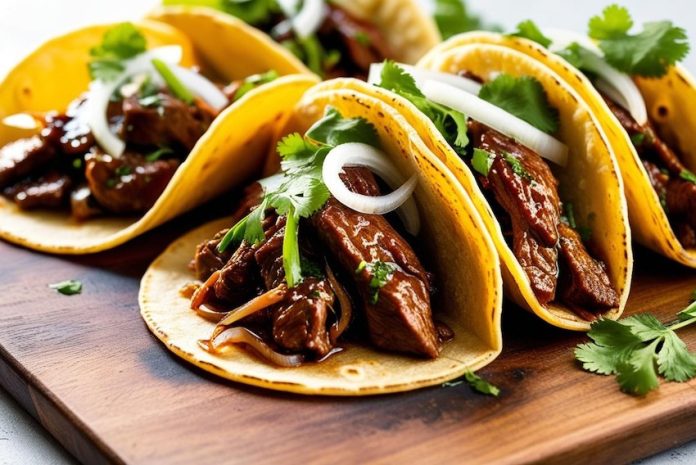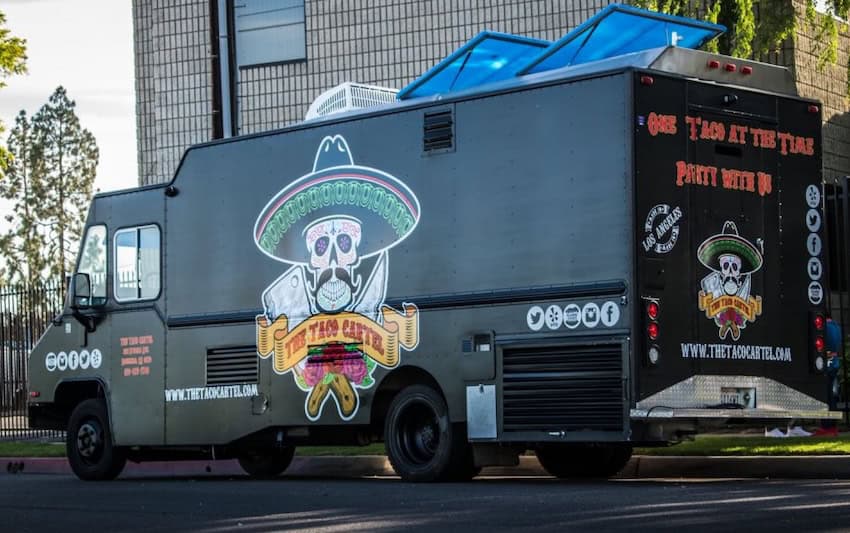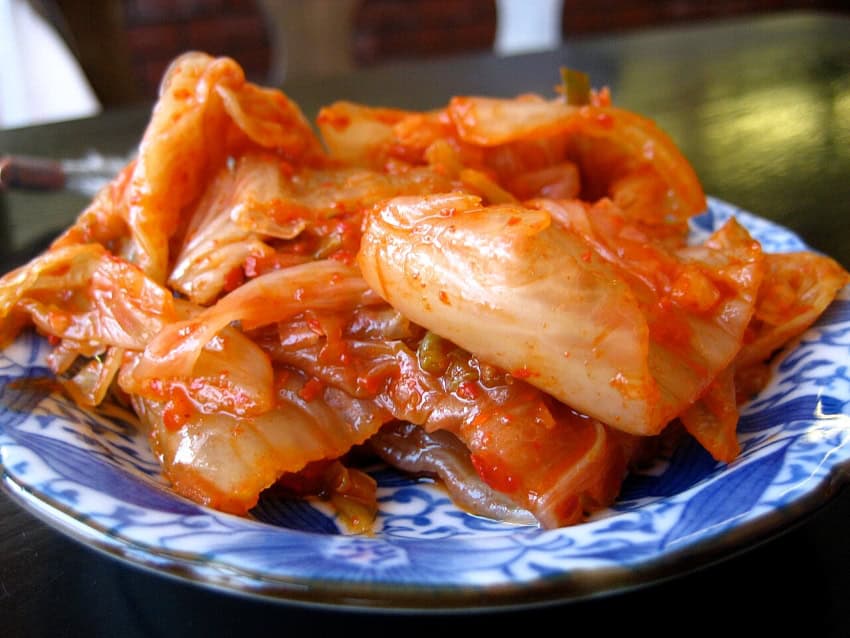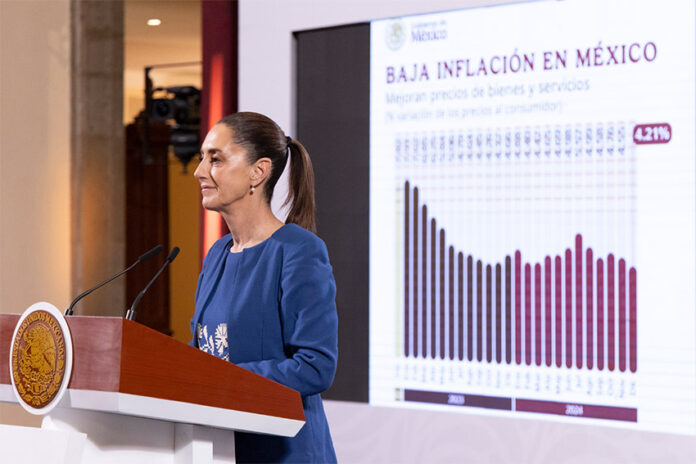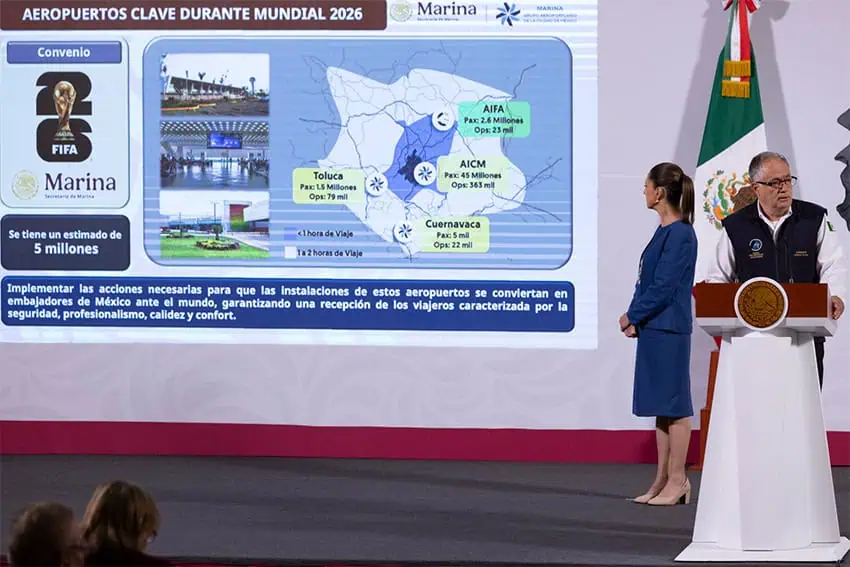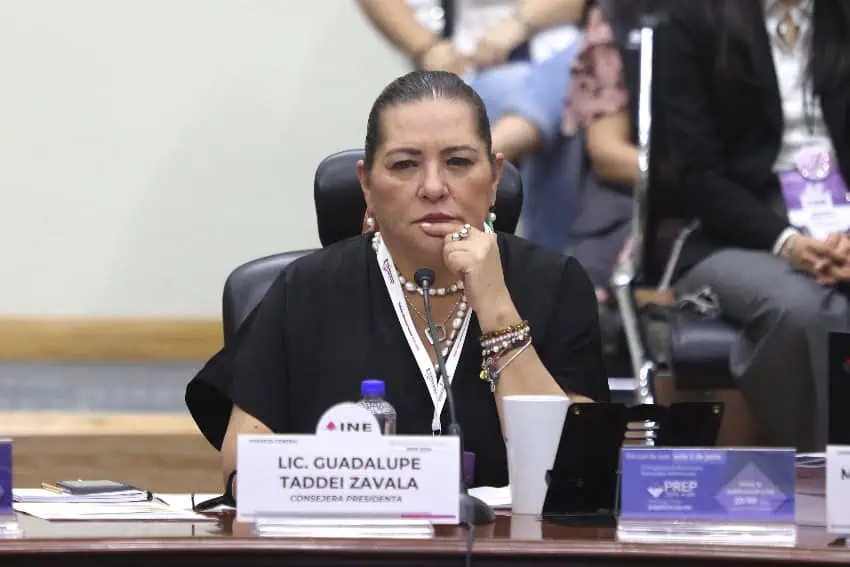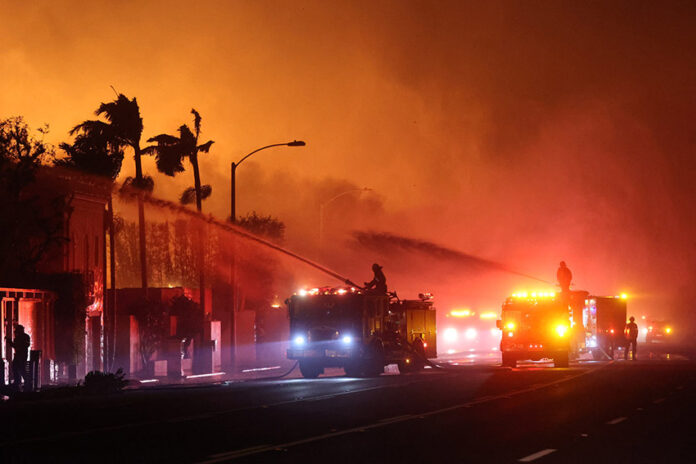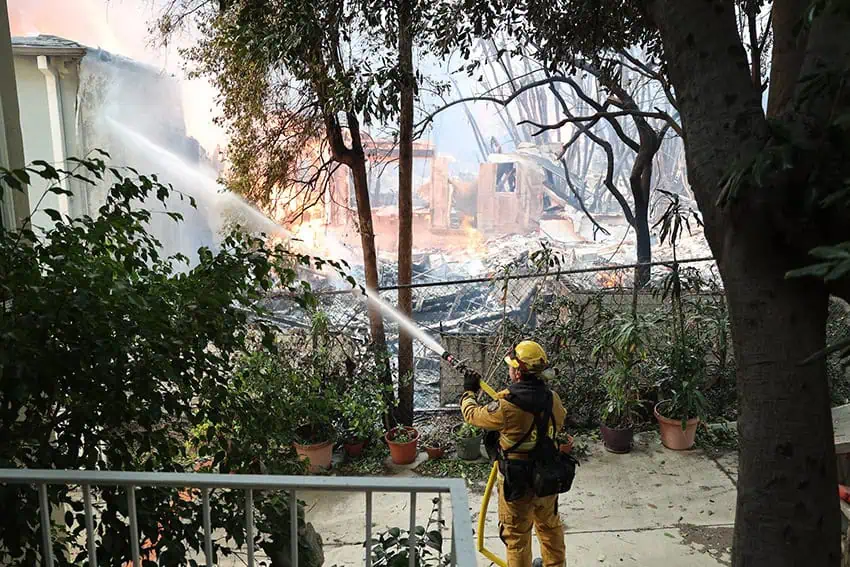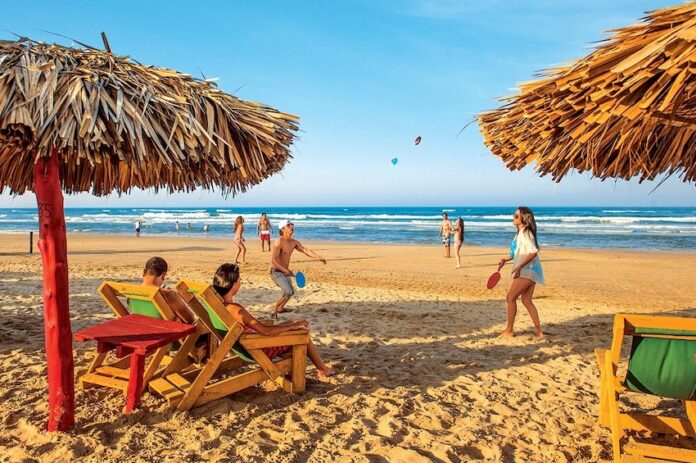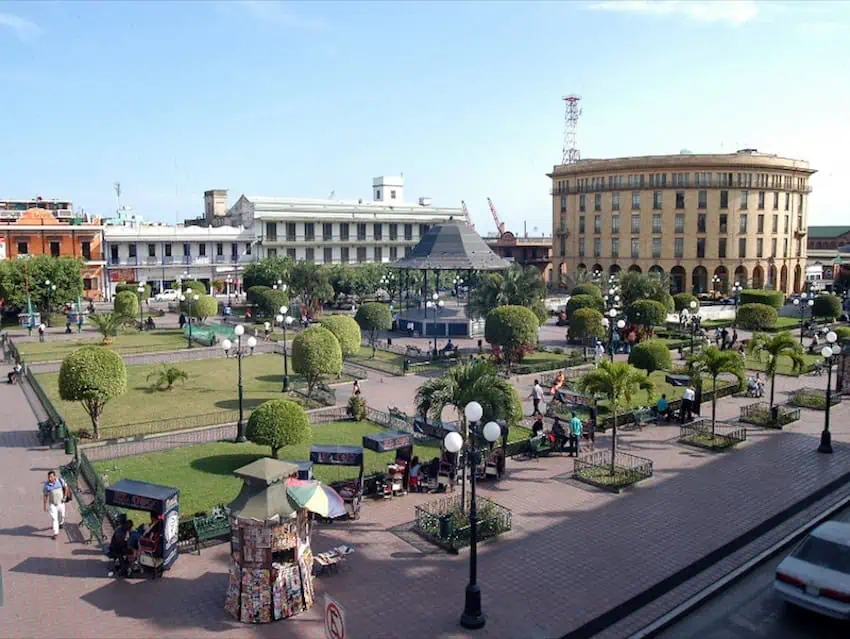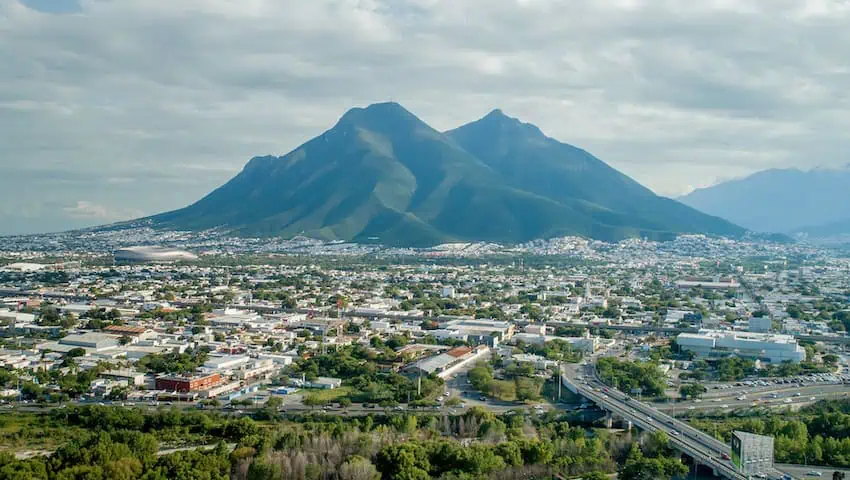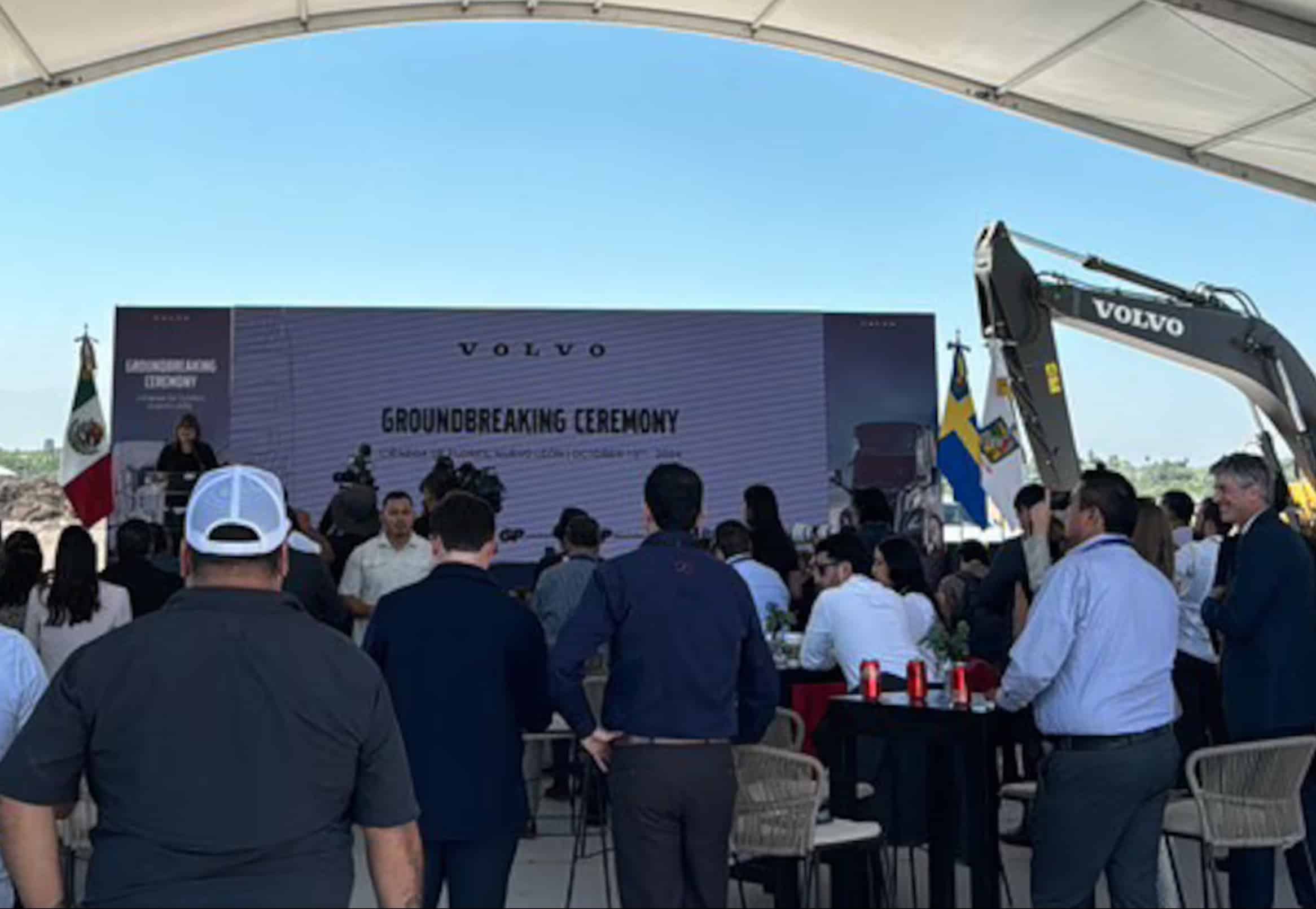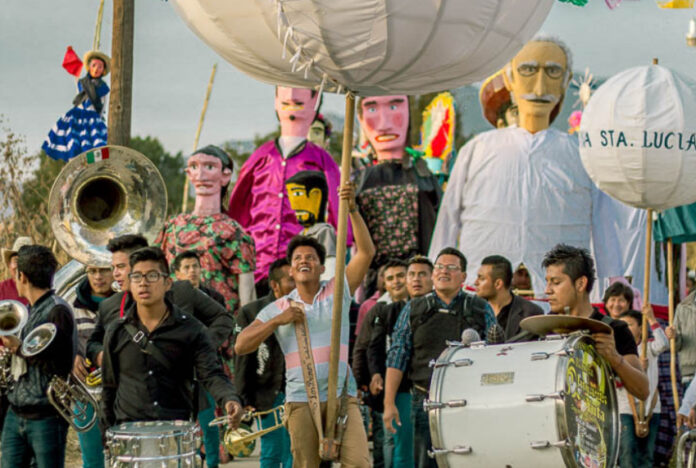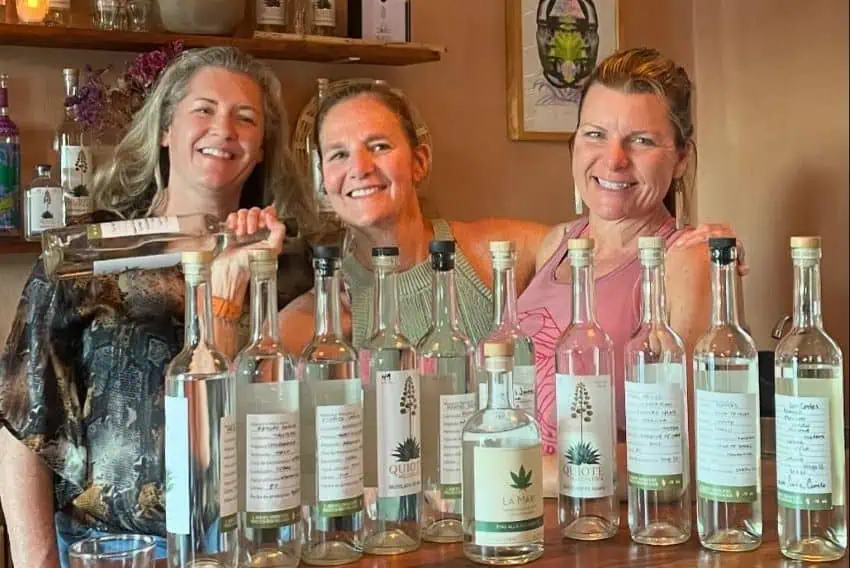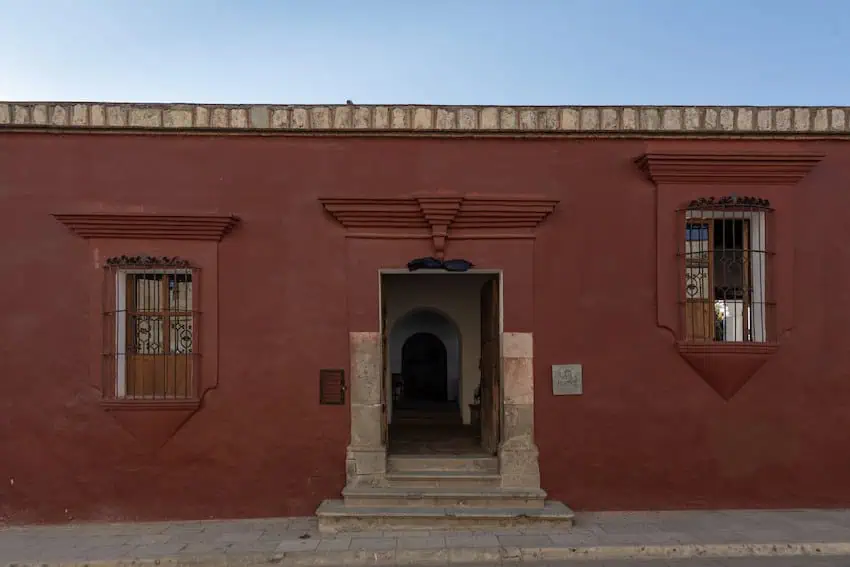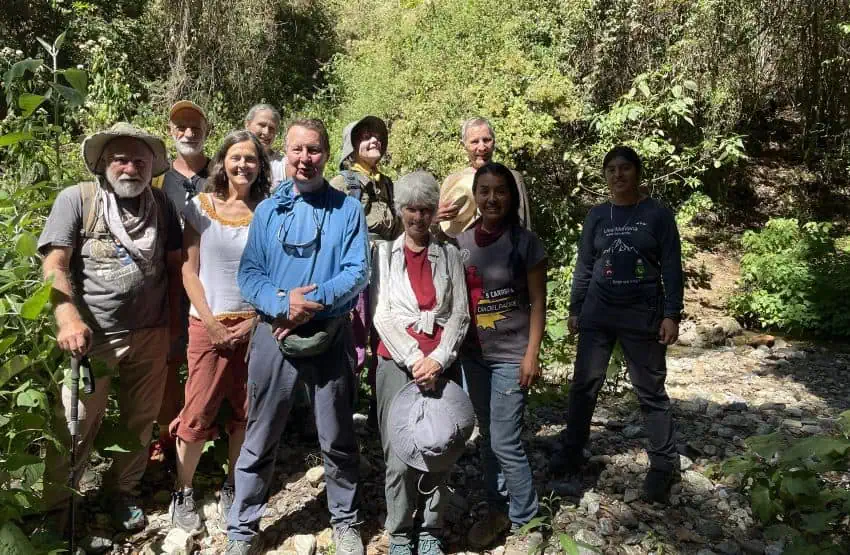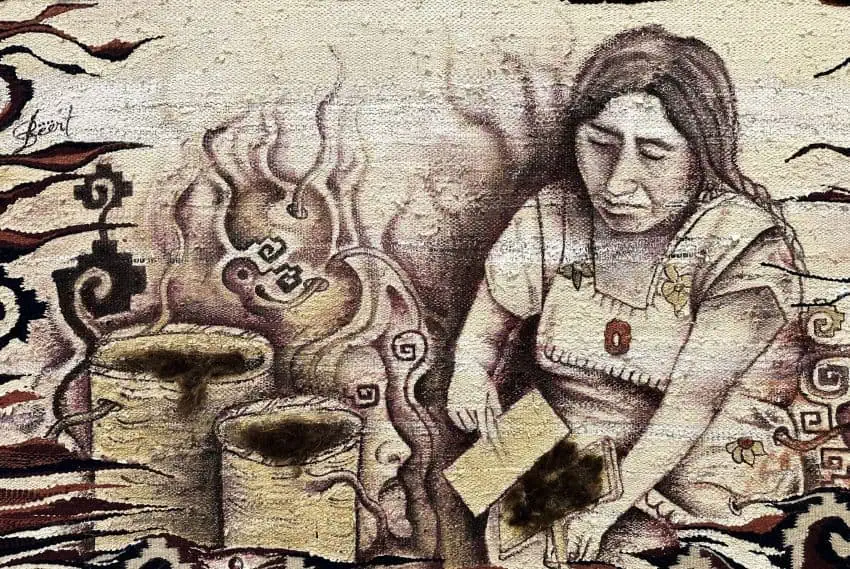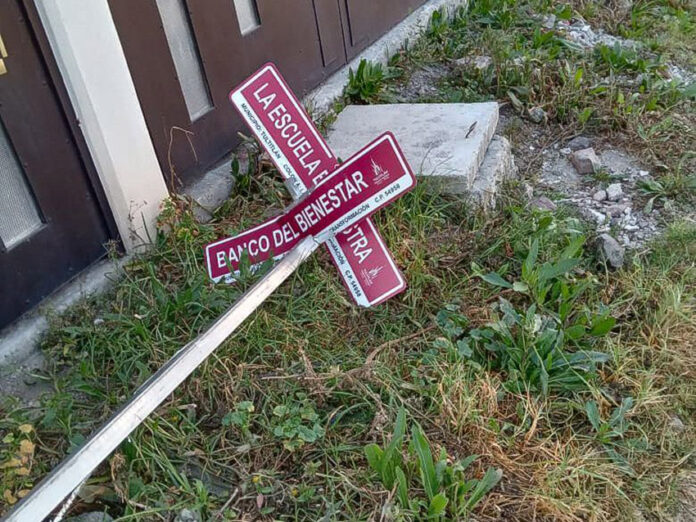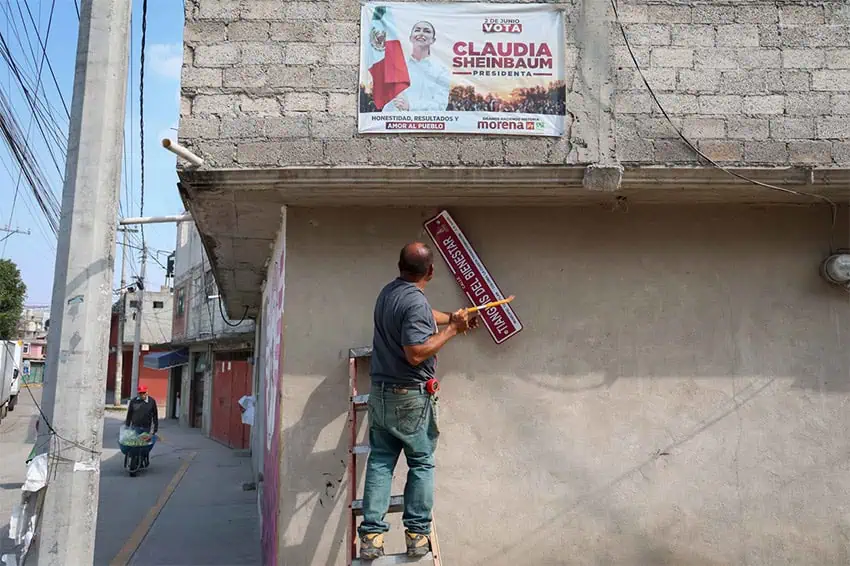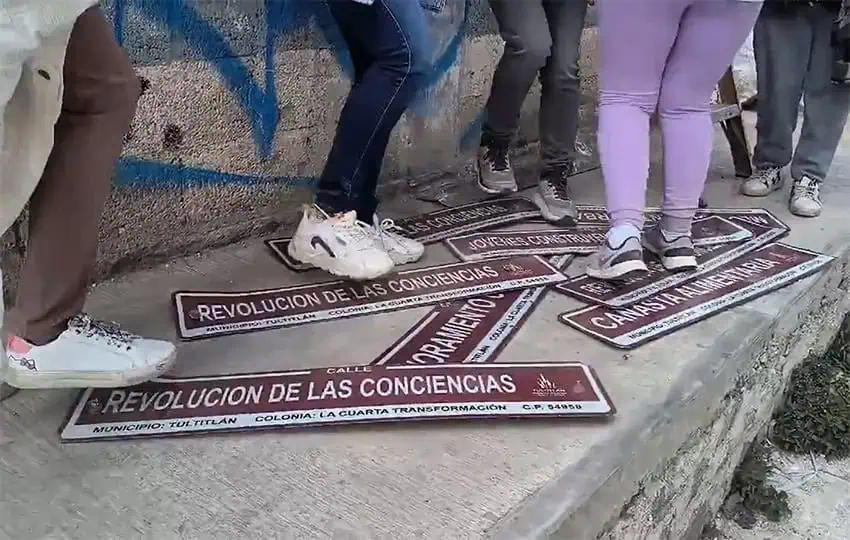Resorts and real estate are the economic drivers in Los Cabos. For the former, the focus has increasingly been on luxury. Room rates have risen steadily in recent years as numerous high-profile hospitality brands have opened upscale resorts in the area. For the latter, luxury hasn’t necessarily been the trend. Yes, multi-million dollar ocean-view homes continue to be sold. However, the market has also seen more condo developments offering primary or secondary residences at lower prices.
How the Los Cabos real estate market is changing in 2025

One of the more interesting new developments on the real estate side for 2025 and beyond is an attempt to make the luxury market more accessible in Los Cabos. Of course, what companies like Pacaso are doing — selling fractional shares in luxury properties — doesn’t just appeal to those who couldn’t otherwise afford a beachfront home or hilltop villa with world-class golf access.
As The Hollywood Reporter noted in an article profiling co-ownership marketplace Pacaso in 2024, celebrities and others with substantial wealth are also increasingly interested in fractional real estate ownership… at least regarding secondary or vacation homes where they may spend only a few weeks or a few months each year.
“Fractional ownership happens more often than you’d think would make sense with the uber-wealthy,” Josh Altman, realtor and star of the real estate reality series “Million Dollar Listing” pointed out in the piece. “It’s a money play. Maybe one of them didn’t want to drop US $108 million, even though they could any Tuesday of the year and not even care. It’s a way to make your money go further.”
Whether it’s celebrities, pro athletes or those who simply can’t afford to be the sole owner of a multi-million dollar vacation, the Pacaso model does seem to be gaining traction— and in exactly the kind of destinations one would suppose.

Los Cabos is among the top three most sought-after co-ownership destinations in North America
Pacaso, a relatively new real estate service that was the brainchild of former Zillow executives, reports that its top three most-searched-for markets for co-ownership opportunities are in the Lake Tahoe area, Vail and Los Cabos.
The enhanced interest in Los Cabos among worldwide real estate offerings that include properties in Paris, London and New York City may seem surprising. But its mostly year-round appeal — locals take their vacations in August and September for a reason — and lifestyle amenities like world-class golf, food and drink and abundant beaches have clearly caught the attention of those in the market for secondary homes.
The population of Cabo San Lucas alone more than tripled between 2010 and 2020. There are many reasons for this demographic explosion, including the need for a workforce to staff the many new luxury resort openings. However, a look at the real estate numbers through the first three quarters of 2024 — just under 1,000 new homes and condos moved with sale prices totaling 1.13 billion dollars — is ample evidence of how attractive Los Cabos is to home buyers right now.
What does co-ownership of a luxury property look like?

Ocean views and vantages are the gold standard in Los Cabos property, and not surprisingly, the number one factor sought out by prospective buyers. According to the latest statistics from Pacaso, the average annual stay in Los Cabos homes is 27 days per owner, with 90% occupancy, compared to 11% for traditionally owned vacation homes. One-eighth ownership is standard.
It’s a great way to enjoy a luxury asset you wouldn’t have been able to afford otherwise, but there are downsides. Pacaso’s fee —10 to 15% of the home value for putting the ownership group together and facilitating the sale — is one. Limited control is another. There is the potential for disagreements among owners regarding maintenance and improvements, especially if fellow owners aren’t family members or friends — or even if they are. Amenities will see greater use too, due to almost continuous occupancy. Of course, the cost of anything that needs to be replaced will be split.
Given the specialized niche as compared to more conventional real estate offerings, shares may be harder to sell than a wholly-owned home. However, owners are currently averaging a 14.7% profit upon selling.

The upside is that the field of companies offering these kinds of cooperatively owned properties is growing, which means Pacaso is no longer the only option. Ancana and Lifestyle Asset Group now offer luxury fractionals in Mexico, although limited listings are available in Los Cabos, at least as of January 2025. Other companies, like Ember or Luxury Shares, specialize in similar services but have not yet expanded offerings from the U.S. to include Mexico.
Not everyone loves the model. The city of Sonoma, California, banned Pacaso’s business model. However, this kind of blowback seems unlikely in Los Cabos, where selling real estate, by any method, is a kind of secular religion.
What kind of co-ownership opportunities are available in Los Cabos and how much do they cost?
Pacaso is currently showcasing 23 listings in the Los Cabos area, all on the one-eighth ownership model. Shares are selling for as low as US $146,000 for the three-bedroom, two-and-a-half-bath Villa Topaz on the East Cape, and as high as $822,000 for a five-bedroom, five-bath luxury home in Palmilla or $869,000 for three-bedroom, three-and-a-half-bath residences at Las Ventanas al Paraíso, two sought-after locations in the Tourist Corridor that connect the cape cities.
Listings from Ancana and Lifestyle Asset Group are competitive on both the low and high end. Ancana has one listing in Los Cabos, a one-eighth ownership stake comprising six weeks of residence annually at The Break for US $227,500. The Break, located just outside San José del Cabo, features ocean views from its nine-residence building.
Lifestyle Asset Group, meanwhile, has sold its lone current Los Cabos listing, a three-bedroom, two-bath condo at Cascadas in Pedregal. The purchase price was advertised as US $825,000 for at least eight weeks of residence per year, with $9,000 in expenses estimated annually.
Chris Sands is the Cabo San Lucas local expert for the USA Today travel website 10 Best, writer of Fodor’s Los Cabos travel guidebook and a contributor to numerous websites and publications, including Tasting Table, Marriott Bonvoy Traveler, Forbes Travel Guide, Porthole Cruise, Cabo Living and Mexico News Daily. His specialty is travel-related content and lifestyle features focused on food, wine and golf.

